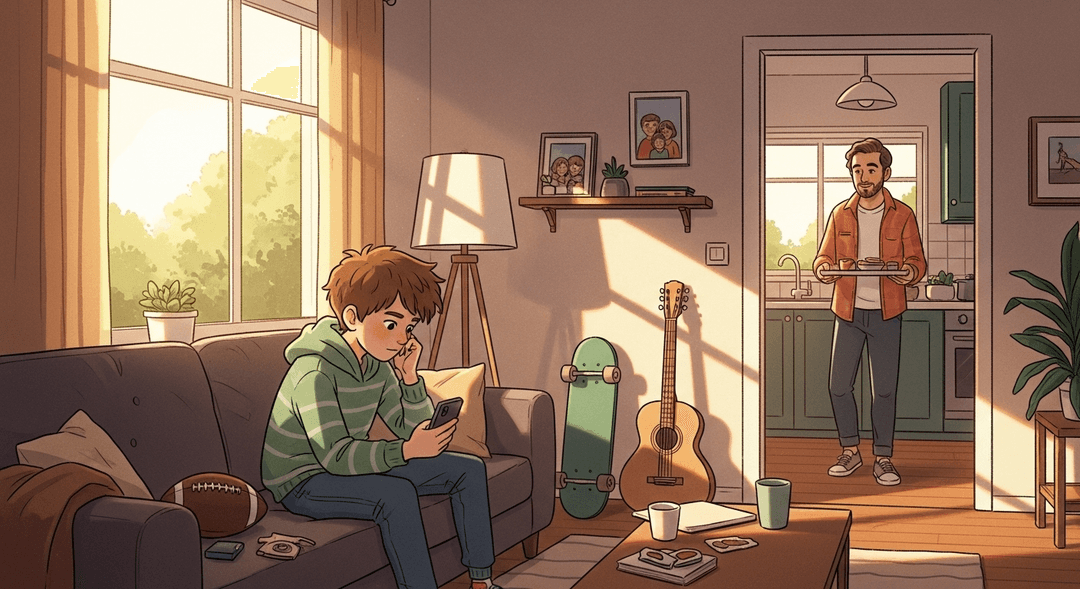Limit Unstructured, Unsupervised Time on Social Media (For Older Kids)
So your kid’s thumbs have more screen time than your entire Netflix history, and their idea of a group chat means never, ever making eye contact? Welcome to the parental tightrope: keeping them connected (but, you know, not *too* connected to the algorithm). If you’ve ever wondered if your child remembers what sunlight feels like, this one’s for you. Spoiler: you’re not the only one googling, 'Is it weird to miss your kid’s face?'
Face-to-face interactions help kids develop social skills, empathy, and emotional intelligence—stuff you can’t download from an app store. Real conversations activate more brain regions than texting, and IRL friendships are linked to lower rates of anxiety and depression. For parents, it’s a chance to see your kid’s actual expressions, not just the ones they text you .
How to do it
Set clear, kind limits on solo social media time. For example, you might agree on "no phones at dinner" or "screens off by 9pm." Communicate these boundaries with empathy and consistency.
Offer easy alternatives to screen time. Invite their friends over, suggest a pizza and movie night, or even join them in a game yourself. Showing interest in their activities can make alternatives more appealing.
Model healthy habits by putting your own phone down, too. Demonstrate the behavior you want to see—acknowledge that it can be challenging for everyone.
When they spend time with friends, celebrate it enthusiastically. Treat these moments like big achievements to reinforce positive social behavior.
Keep the conversation open. Listen more than you lecture, and encourage them to share their thoughts and feelings about social media and friendships.
Key Tips:
- Set limits with kindness and clarity.
- Provide fun, easy alternatives to solo screen time.
- Lead by example—practice what you preach.
- Celebrate social wins, big or small.
- Foster open, judgment-free conversations.
